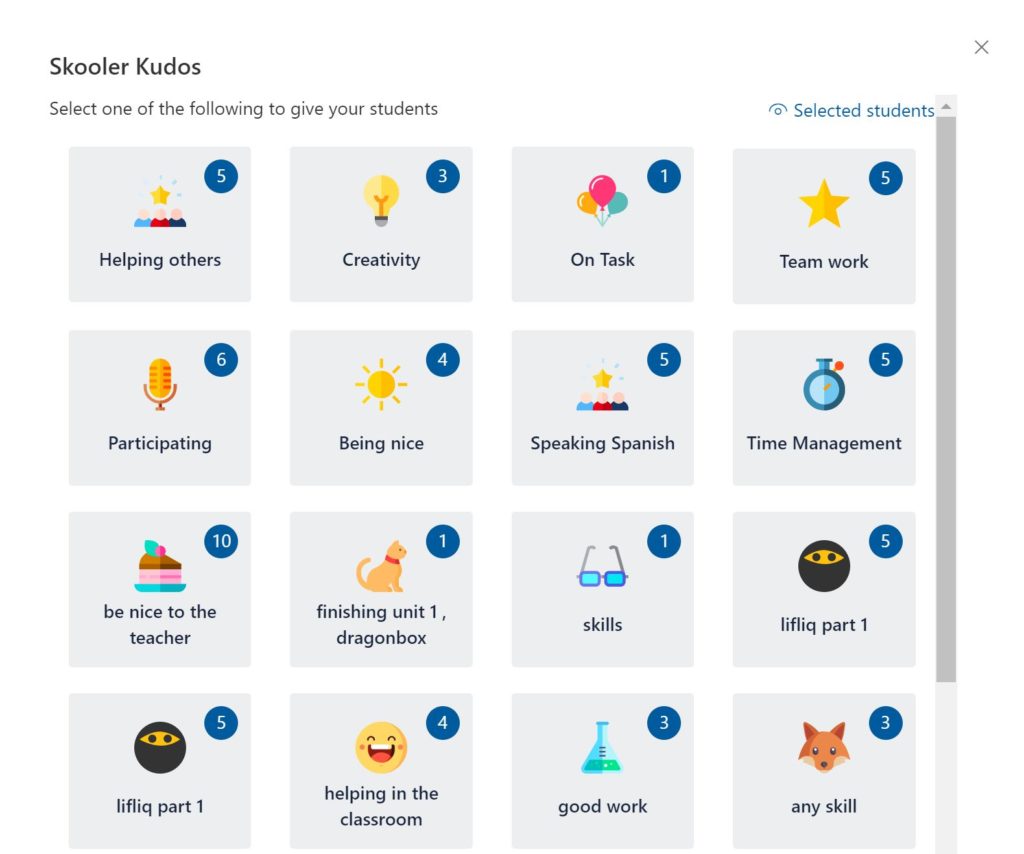The concept of distance learning has been around for many years. It dates back to the 18th century when it was designed as a way to help people gain an education via the mail. The idea was for teachers to send materials to students who would do the work and then send their assignments back to the teacher.
My how the industry has grown.
Consider these recent statistics about the growth of distance learning:
• “According to an article in Education Week, Online Classes for K-12 Students: An Overview, Evergreen Education Group estimates that 2.7 million students took roughly 4.5 million supplemental online courses during the 2014-15 school year.”
• According to Education Week, more than half of U.S. K-12 school districts were reported to have students enrolled in a total of 1.8 million distance-education courses, and 59 percent of districts reported having students enrolled in heavily Internet-based courses.
• The Thomas B. Fordham Institute states that over the past twenty years, the world of online learning has exploded with roughly five million of the country’s 54 million K–12 students having taken at least one online or virtual class during the 2015–2016 school year.
Four elements of distance learning
There are many characteristics about distance learning, but for this discussion we’ll focus on four key elements:
• Schools run the show: Distance learning is, by definition, carried out through institutions; it is not self-study or a non-academic learning environment.
• Time and distance: Geographic separation is inherent in distance learning, and time may also separate students and teachers.
• Interactivity: Interactive telecommunications connect individuals within a learning group and with their teacher. Interaction is essential to distance education, as it is to any education.
• Learning community: A distance learning group is composed of students, a teacher and instructional resources—i.e., the books, audio, video, and graphic displays that allow the student to access the content of instruction.
Distance learning can be beneficial for students who are ill and can’t leave their home or hospital and for those who do not live close to a school. While the lack of interaction between students and teachers is a drawback, it’s better than having a student try to learn new material on their own.
One example of how a geographically dispersed community benefitted from distance learning comes from Great Southern Grammar, by way of our friends at Microsoft Australia. You can read the full story here but Kieran Bailey, who is the Head of IT Services for Great Southern Grammar and a digital technologies teacher, sums it up by stating that the distance learning program is “equipping regional students with the future skills they will need to succeed in their adult lives.”

Skooler enhances distance learning
With so many benefits associated with distance learning, how can students and teachers collaborate to create a viable learning environment? Fortunately the Skooler Learning Management System (LMS) is designed with many features that support the needs of both students and teachers who are engaged in a distance learning program.
• OneNote helps teachers easily create assignments, tag content and share materials with students, colleagues and parents. Teachers can use the digital whiteboard feature to play audio and display video files which can be stored and accessed by students. In addition, students and teachers can add digital assets, such as web pages or videos from YouTube, to support their work.
Another importance feature of OneNote revolves around notetaking. Not everyone likes taking notes, but it’s a very important skill to possess. For students who have difficulty putting their ideas into organized notes, OneNote lets them create audio recordings that can be included in a presentation to show the teacher that they understand the material.
• Content Library lets students store all of their electronic documents in one location, and teachers can create individual libraries to store lessons plans and all supporting materials.
• Skype is a great way to support distance learning since it lets teachers record and upload lectures for students to watch when it’s convenient for them. Alternatively, students can participate in classroom lectures when they occur by using live streaming and videoconferencing capabilities.
• Chat, as the name suggests, helps students connect with teachers and other students. Chat features are ubiquitous in today’s society and students are accustomed to using the feature on their phones and in video games. Chatting with other students helps those students who are required to be away from school (be it due to illness, distance from school or traveling) to establish more of a connection with their peers.
• Virtual learning continues to grow since it can often be difficult to find teachers who are trained in STEM subjects. Virtual learning is more often used in schools that are located in rural areas where specialized teaching resources may be limited. As noted in our recent blog, 5 Things City and Suburban School Districts Can Learn from their Rural Counterparts (and how EdTech will help you get there…), rural districts can offer the same caliber of education as larger districts while still keeping costs manageable.
For teachers who have training in specific disciplines, uploading recorded lectures only highlights part of the benefit of distance learning. Working remotely doesn’t allow teachers to engage on a personal level with other teachers in the school. Tapping into the power of virtual learning, via Skype and other features of Skooler, allows them to connect with the teachers at the school which helps the teacher feel like they are part of the team.
• SkoolerKudos can go a long way to building a student’s self-esteem. Being in their own room often means that they are unable to interact with teachers and students. Teachers can give students kudos when they achieve a goal and this little gesture can often help brighten a student’s day.

Does your school take advantage of distance learning? What are some of the benefits you’ve found with distance learning? Please share with our community.
